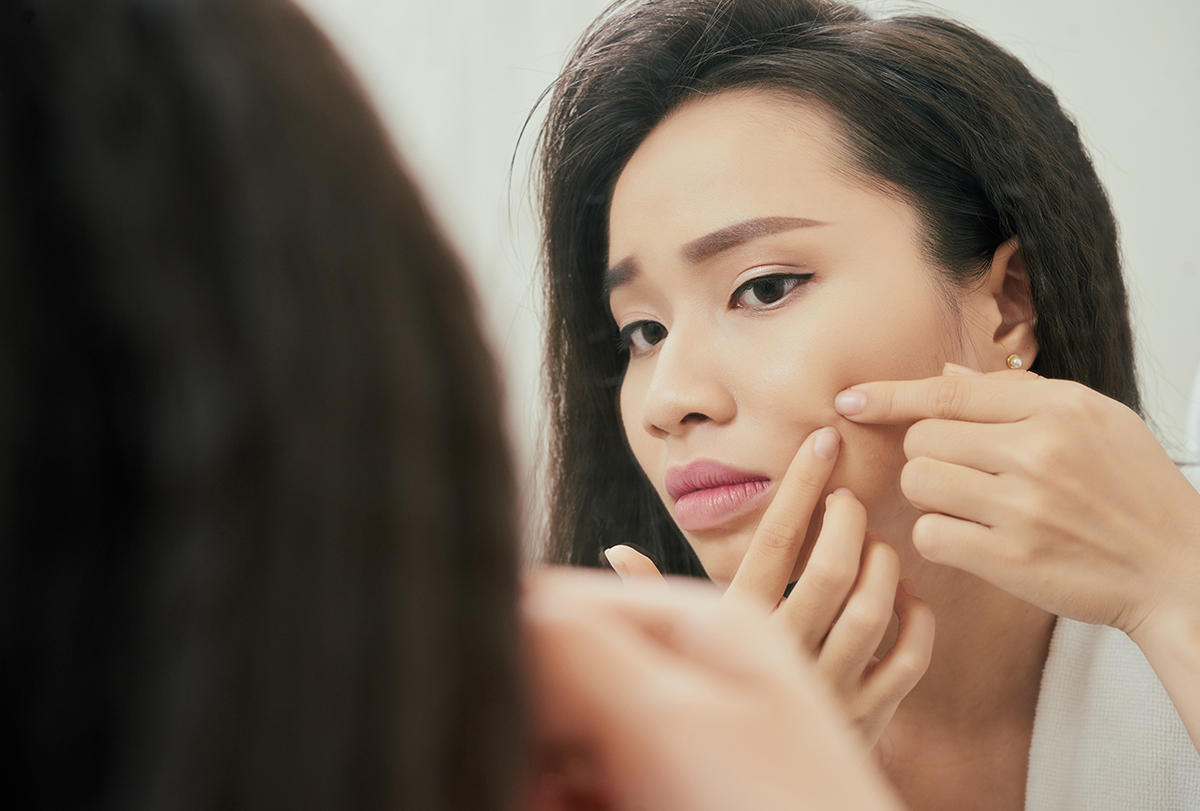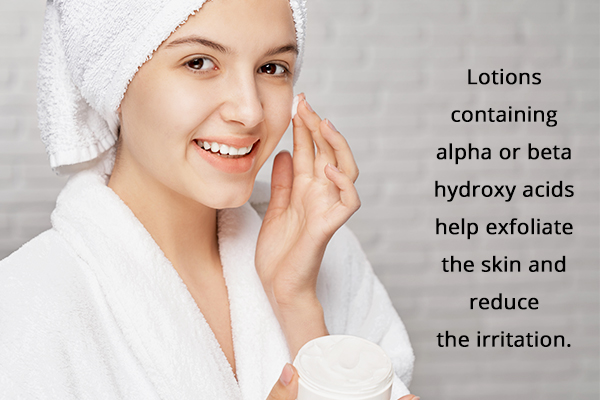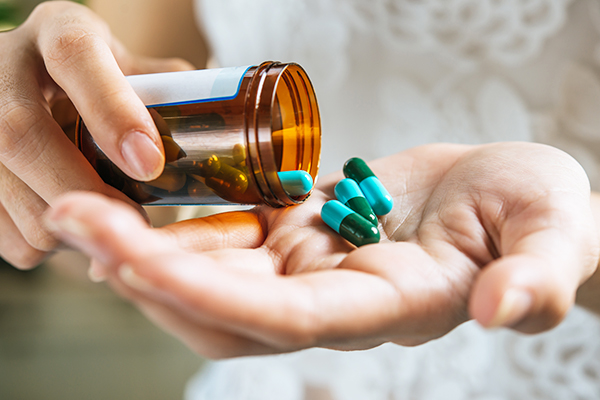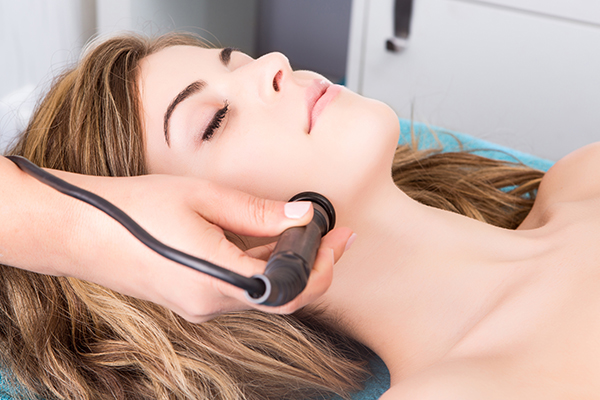In this article:
Blind pimples are so called as they form below the skin’s surface and can only be seen as red, inflamed areas on the skin. Blind pimples can be more painful than acne pimples as they are closer to the nerves.

In addition, blind pimples do not have pus and therefore lack a white tip characteristic of acne pimples. They commonly appear on the nose, chin, ears, cheeks, and anywhere else on the face.
Blind pimples may be of varying sizes. They usually take a long time to heal, but proper care and treatment may aid recovery and minimize the associated pain and inflammation.
Causes of Blind Pimples
A number of factors contribute to the formation of blind pimples, including:
1. Overactivity of the sebaceous glands
Excessive production of sebum, along with accumulated dead skin cells, can clog the skin pores, leading to pimples. This overproduction of the sebum may be due to different factors such as hormonal changes associated with the menstrual cycle.
2. Poor diet
Blind pimples can also result from the lack of a balanced diet. In some people, dairy consumption may lead to the formation of blind pimples.
Treatment for Blind Pimples
Blind pimples usually improve on their own, but seeking medical treatment can help reduce the discomfort and facilitate recovery. Treatment may include oral or topical medications. You may also consult your doctor for in-office treatments if the problem is severe.
Topical treatments

Topical treatments for blind pimples include the following:
1. Alpha hydroxy and beta hydroxy acid lotions
Lotions containing alpha or beta hydroxy acids help exfoliate the skin and reduce the irritation. They are effective in the treatment of blind pimples that develop below the skin surface.
Lactic acid also helps dissolve dead skin cells and hydrates and soothes the skin.
2. Azelaic acid
Azelaic acid has antibacterial properties that help control pimple formation by killing the acne-causing bacteria on the skin.
3. Benzoyl peroxide
For acne caused by excessive sebum production, benzoyl peroxide may be useful. It not only helps dry out the sebum but also acts against acne-causing Propionibacterium acnes bacteria, therefore aiding in the treatment of blind pimples. (1)
4. Retinoids
Retinoids are vitamin A derivatives that promote increased skin cell turnover. They also help control sebum production, therefore contributing to both the prevention and treatment of blind pimples.
Retinoids are available in the form of gels and creams, the most common being adapalene and tretinoin. (2)
5. Topical gel antibiotics
Antibiotics, either over-the-counter or prescription-strength, are useful in killing and controlling acne-causing bacteria. They are generally used along with acne treatments that dry the pimple.
6. Acne stickers/patches
The hydrocolloids in acne patches unclog the pores by drawing out the sebum from it, therefore supporting acne management.
Oral medications

Common oral treatments for blind pimples include:
1. Oral spironolactone and birth control tablets
These medications balance the hormones and, as a result, control oil production. They are beneficial for the treatment and prevention of acne caused by hormonal imbalance. (3)
2. Oral antibiotics
Oral antibiotics control bacterial growth and inflammation, preventing blind pimples.
3. Oral retinoids
For blind pimples that cause discomfort or scarring or are persistent despite treatment, oral retinoids may be prescribed to control the sebum production.
In-office treatments

The doctor may suggest the following treatments for severe or frequent blind pimples:
1. Injections
The doctor may inject a diluted corticosteroid on the blind pimple to control the inflammation.
2. Microdermabrasion
Microcrystals are sprayed on the skin surface to exfoliate it. This treatment unclogs the pores and gives the skin an even texture.
3. Chemical peels
Chemical peels are highly efficient exfoliating techniques that remove the outer layer of the skin, revealing new, rejuvenated skin, therefore decreasing dead skin cells and oil on the surface that may otherwise clog the pores.
This treatment also removes any blockage in the pores, thus treating existing pimples.
4. Laser resurfacing
The top layer of the skin is removed using a laser wand. Once the skin is healed, newer, glowing skin emerges. This technique is widely used for removing pimple scars.
5. Extraction
Pore extraction is performed using specialized sterile equipment to remove a clogged pore that may be causing considerable discomfort.
Final Word
Blind pimples are a type of acne that forms below the skin surface, in the deeper layers. Due to their location, blind pimples can be quite painful and sensitive. Luckily, they can be easily prevented with good skin hygiene.
Taking proper care of your skin and aiding recovery using over-the-counter medications can help cure a blind pimple without complications such as scarring. However, if the pimple is extremely painful and inflammatory, it is best to consult your dermatologist for appropriate treatment.

- Was this article helpful?
- YES, THANKS!NOT REALLY


